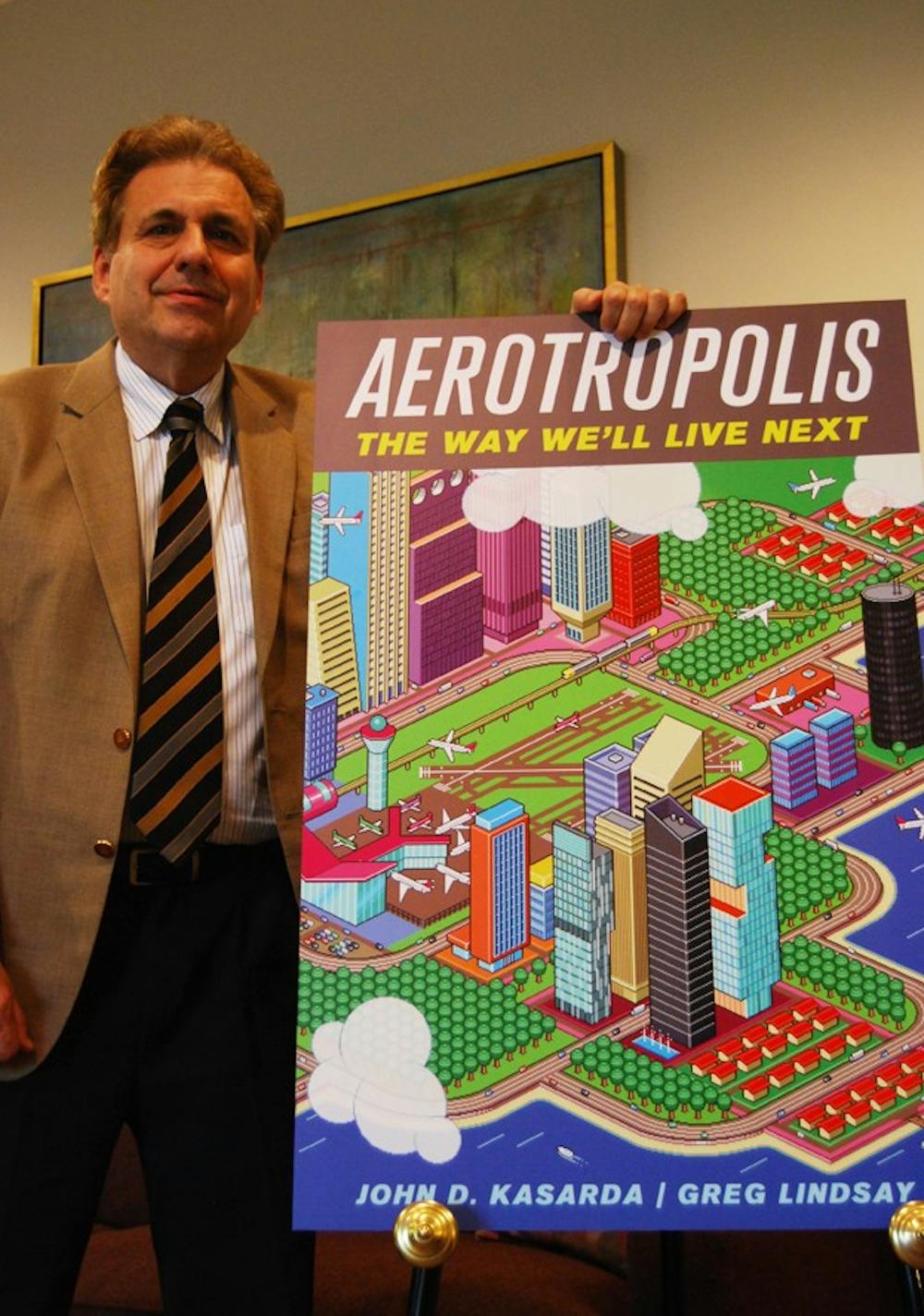A UNC professor is molding the future of major cities.
In his new book, “Aerotropolis: The Way We’ll Live Next,” professor John Kasarda purports that cities should be built around airports, which he calls the “physical Internet.”
“The Internet cannot move a box — or a person,” said Kasarda, director of UNC’s Frank Hawkins Kenan Institute of Private Enterprise.
Kasarda said his theory represents the physical manifestation of a 21st century, globalized world that requires better transportation of people and products — and has influenced many airports already.
“It’s an airport-integrated economic region where businesses and travel-intensive workers locate to be in quick contact with their customers, partners, suppliers and markets around the country and world,” Kasarda said.
And the world has responded.
His idea has already taken hold in major cities like Dubai, Beijing and Frankfurt — and it nearly earned him a place on the cover of Time magazine, he said.
The earthquake in Japan took precedence on the cover, but the New York Times, The Economist and The Wall Street Journal have given his book attention as well.
Kasarda said he believes face-to-face interactions for major business transactions remain highly important despite a rise in electronic communication, giving the most connected places a competitive advantage. His theory, he said, applies to students, as well.




